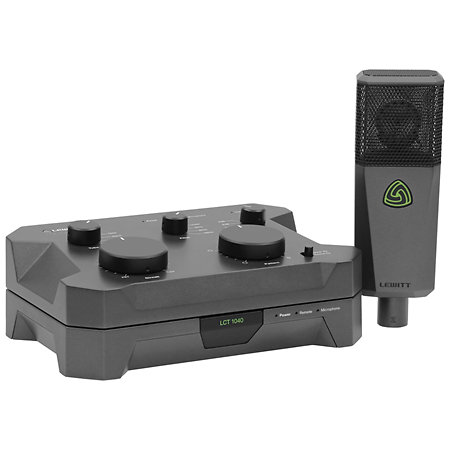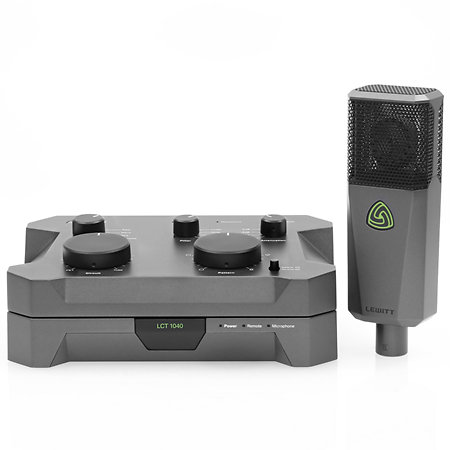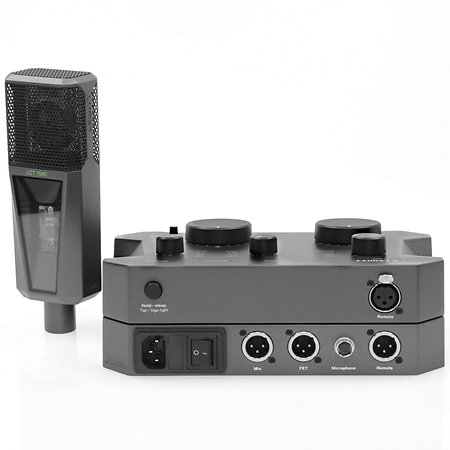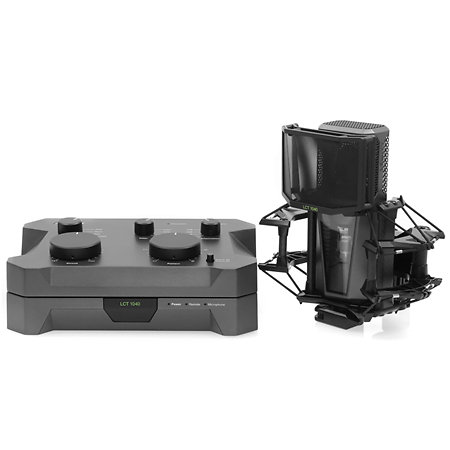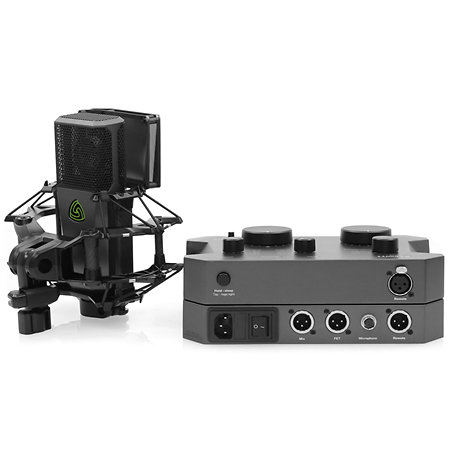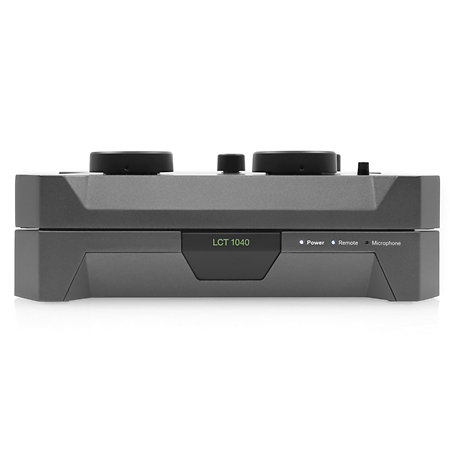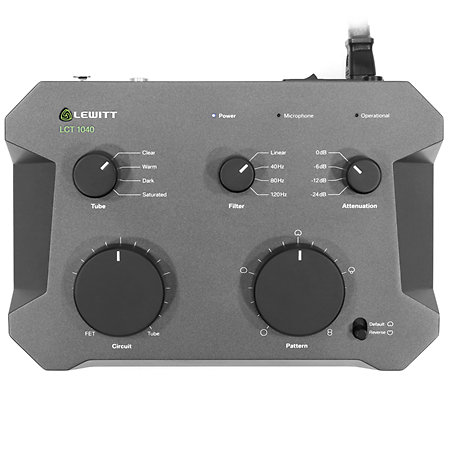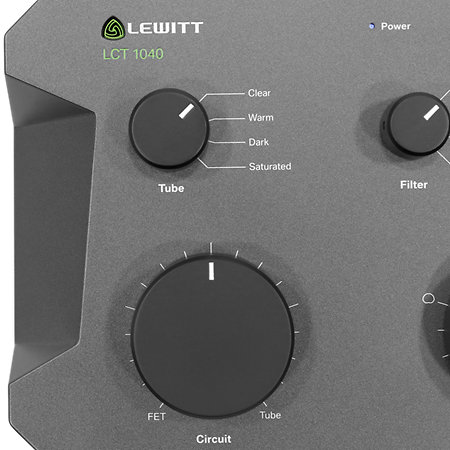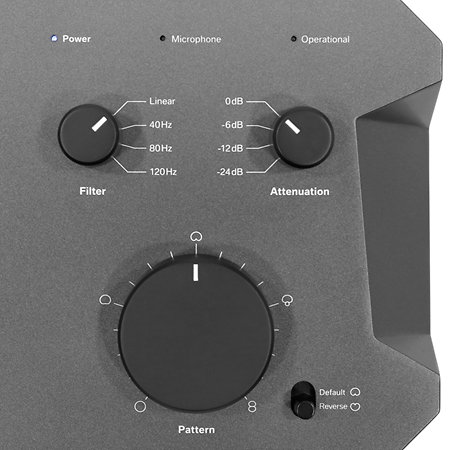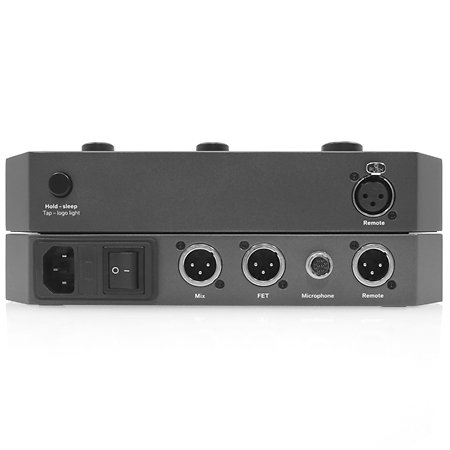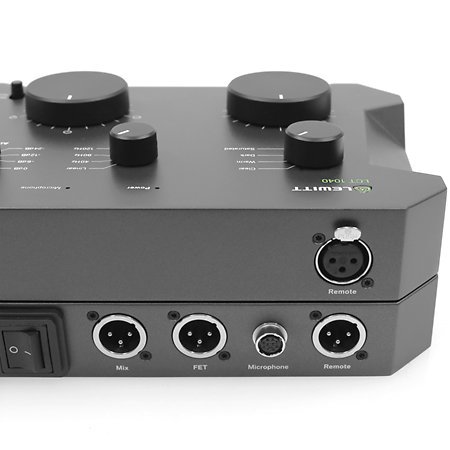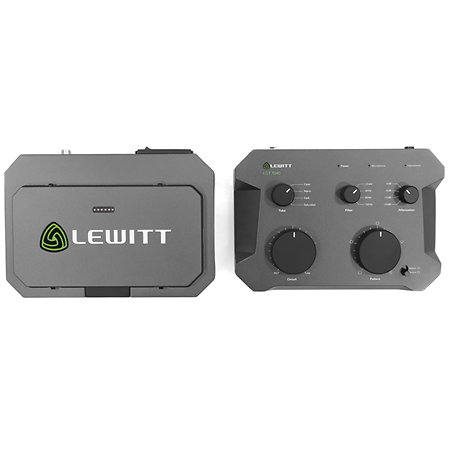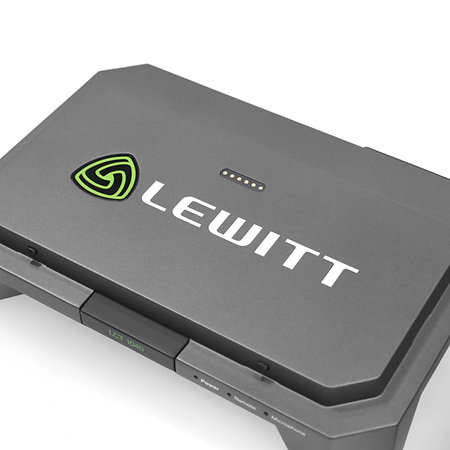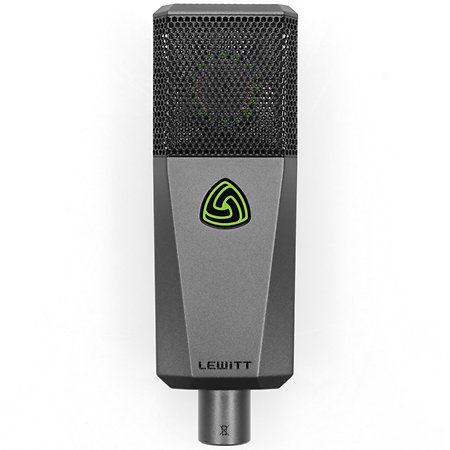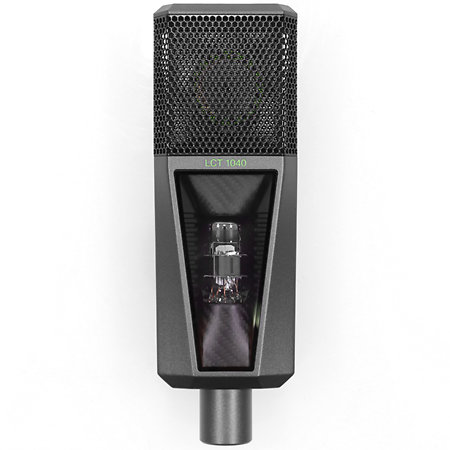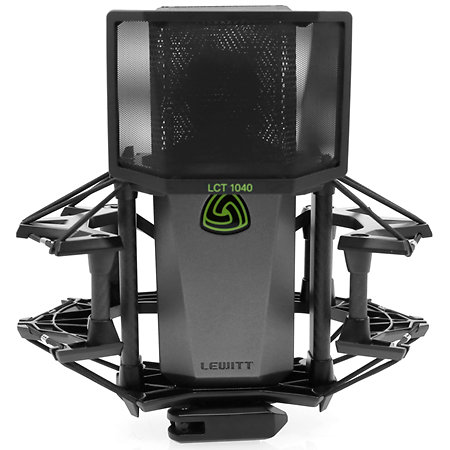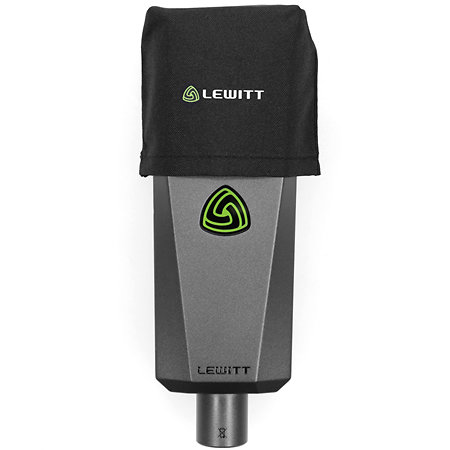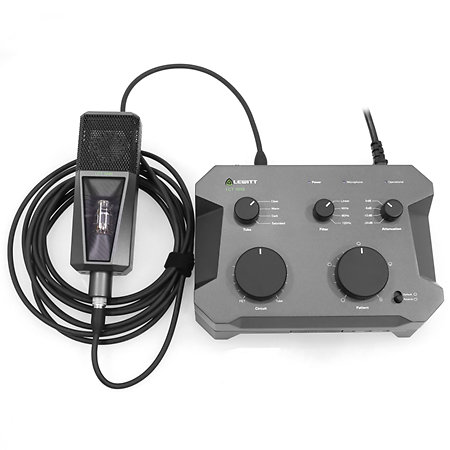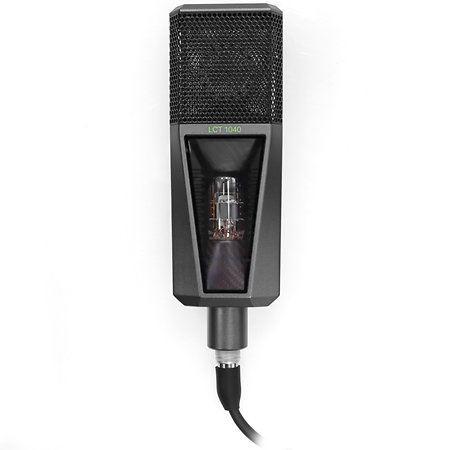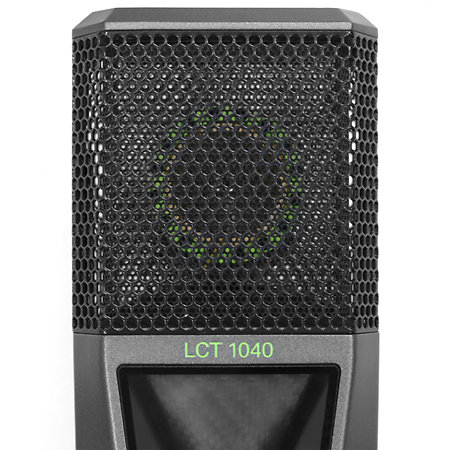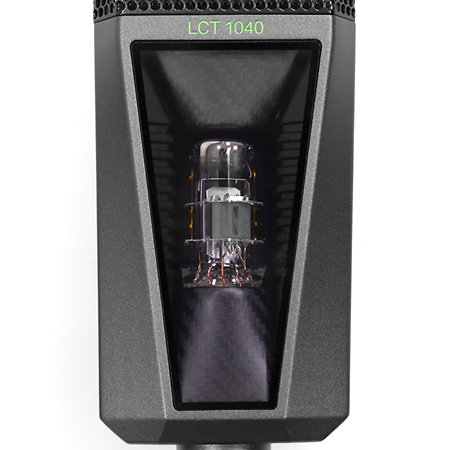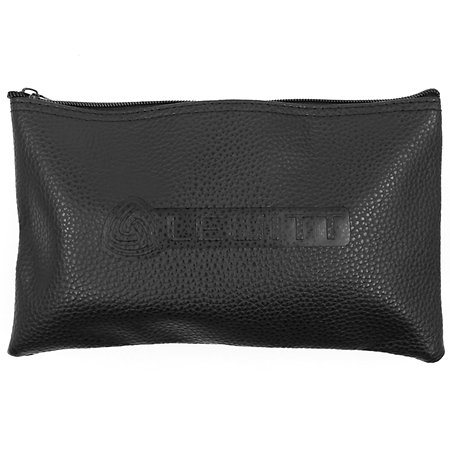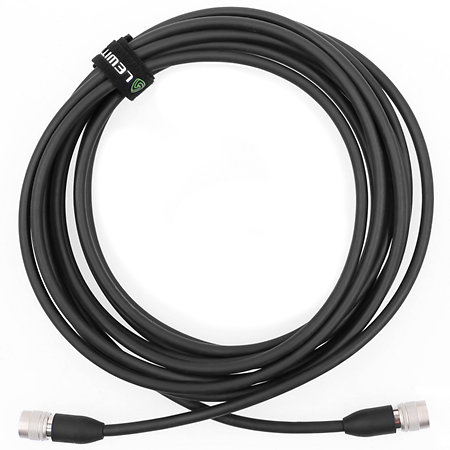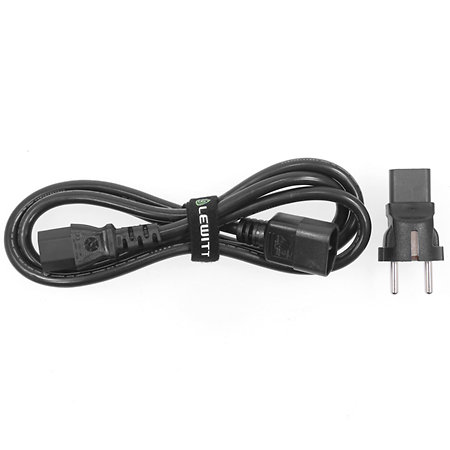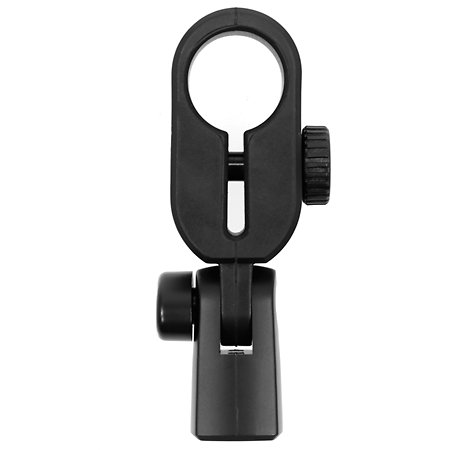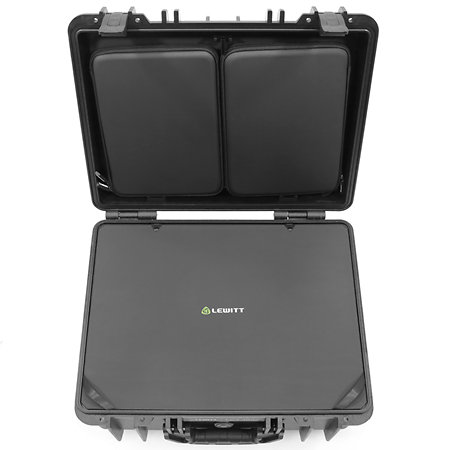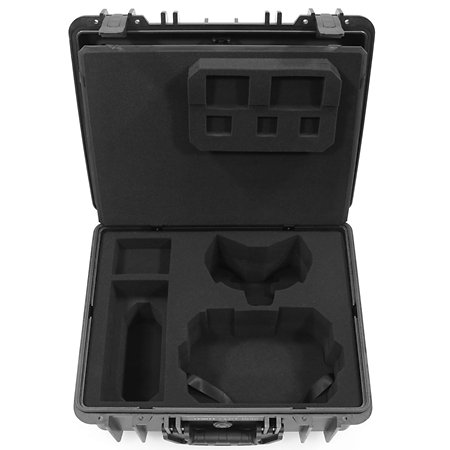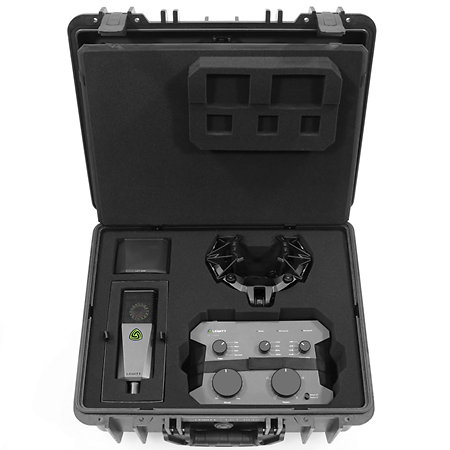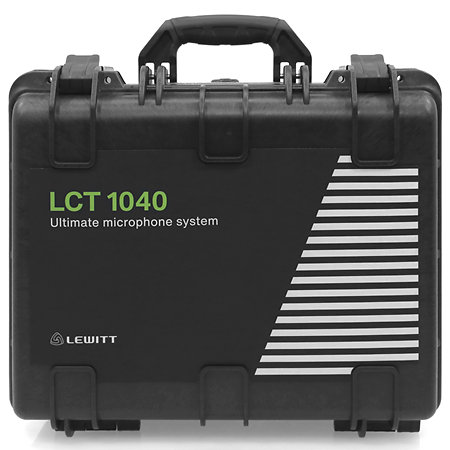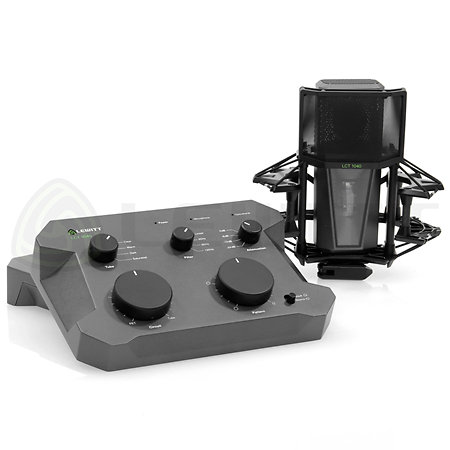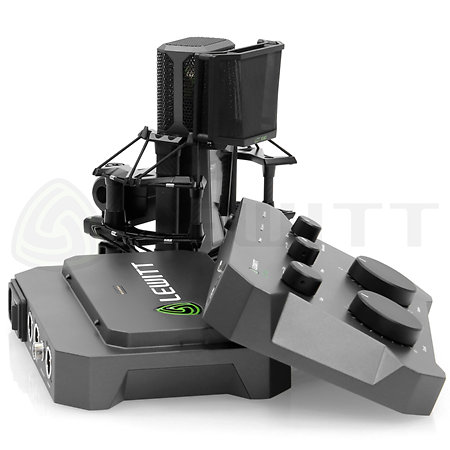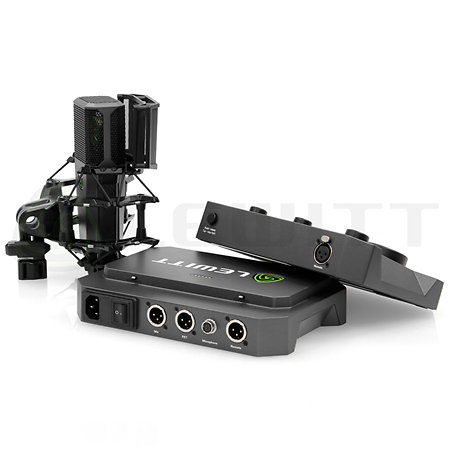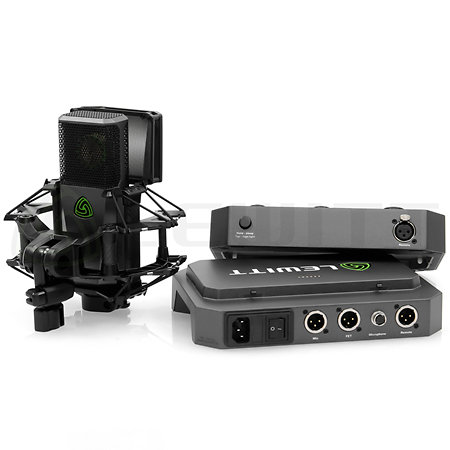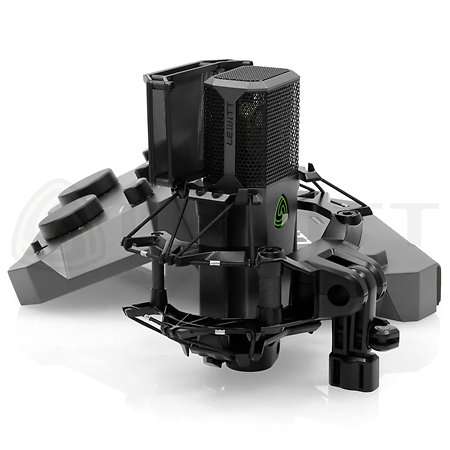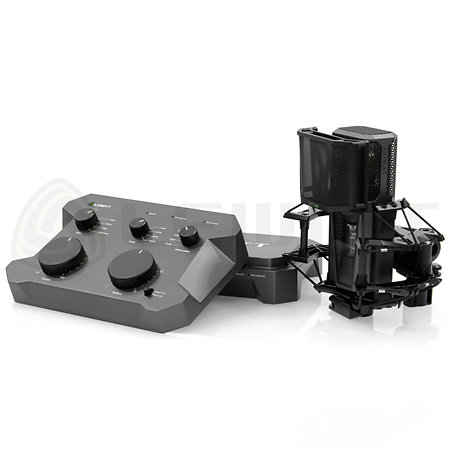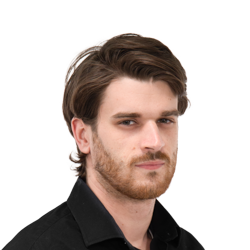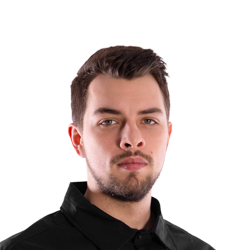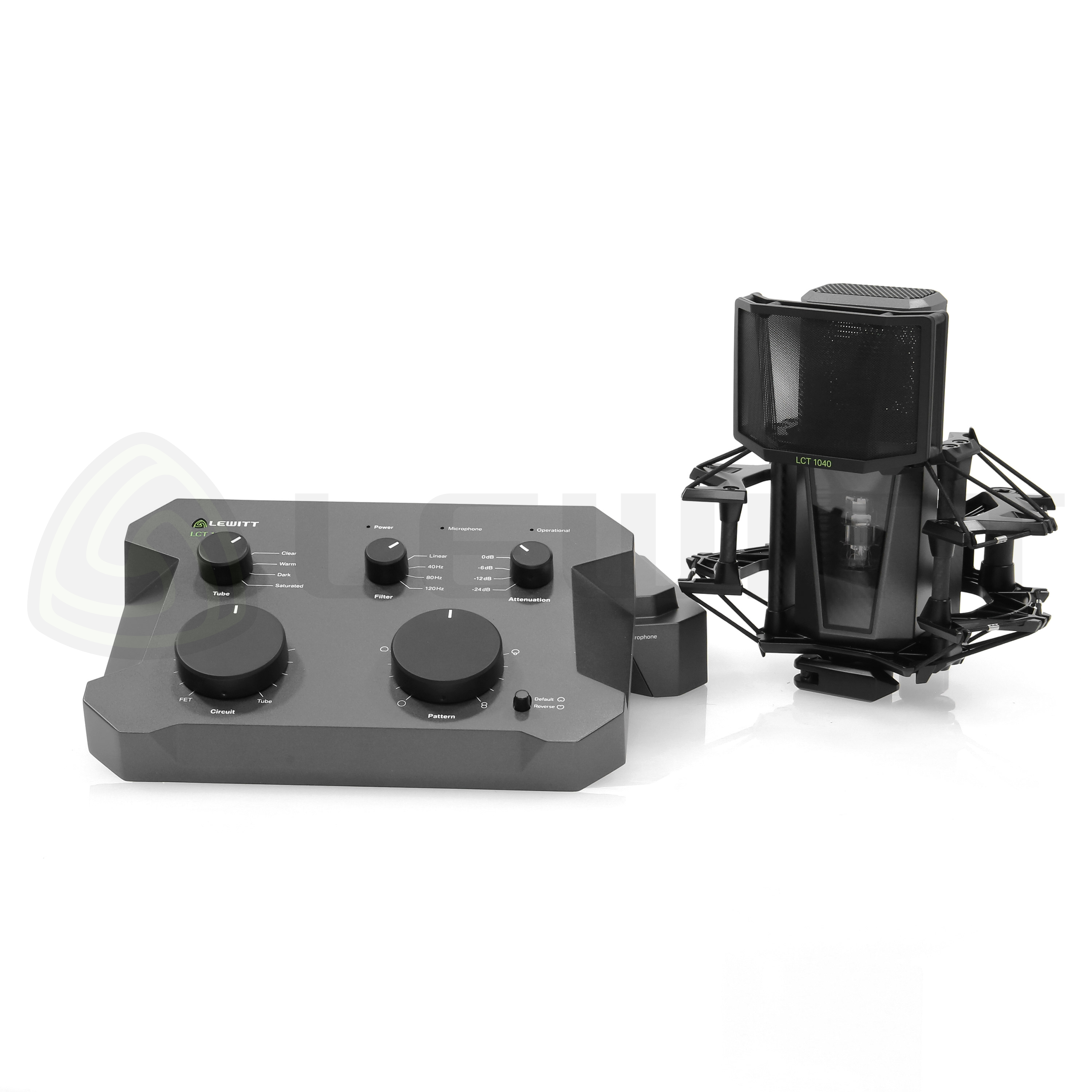
Lewitt - LCT 1040
Lewitt LCT 1040, state-of-the-art tube microphone with remote control. The Austrian manufacturer at the peak of its know-how offers a fully analog dual tube and FET circuit microphone. It offers 4 operating modes to deliver THE sound you are looking for, the best sound in all circumstances. Guaranteed for 10 years by Lewitt!
Specifications
-
Lewitt LCT 1040
-
Ultimate tube and FET microphone system
-
1 inch gold sprayed condenser capsule
-
4 lamp operating modes: Clear, Warm, Dark, Saturated
-
Crystal clear FET circuit
-
Frequency response: 20 - 20000Hz
-
Sensitivity: 17.2mV/Pa, -35.3 dBV/Pa
-
Limit sound pressure level: 137dB SPL at 0.5% THD
-
Own noise: 10dB (A) FET, 13dB (A) lamp
-
Dynamic range: 127dB (A)
-
Attenuation: -6dB, -12dB, -24dB
-
Internal resistance: 83.8 ohms
-
Removable remote control for flexible workflow from the sweetspot
-
Continuously adjustable polar patterns (omnidirectional, wide cardioid, cardioid, supercardioid, bidirectional)
-
Low-cut filter & attenuation
-
E88CC/6DJ8 lamp from JJ Electronics
-
Power supply and remote control connection: Neutrik XLR 3-pin gold-plated
-
Microphone connection: 10-pin Hirose cable
-
Comes with microphone boom, two-layer magnetic pop filter, microphone stand, carrying case, 5m 10-pin cable with Hirose connector
-
Microphone housing: die-cast zinc
-
Microphone dimensions (L x H x D): 65 x 196 x 45mm
-
Microphone weight: 652 g
-
Power supply dimensions (L x D x H): 170 x 240 x 47mm
-
Power supply weight: 2381g
-
Dimensions of the remote control (L x H x D): 163 x 240 x 52mm
-
Weight of the remote control: 1952g
-
10 years Lewitt warranty
Presentation
It offers 4 fully analog operating modes as well as crystal clear FET circuitry for the perfect sound.
Sold with its detachable remote control to allow you to make all the necessary adjustments from your listening point. For example, you can cycle through the different modes (Clear, Warm, Dark and Saturated) and freely mix the tube and FET circuits to find THE ideal sound, the one that will highlight the source the most, the one that will blend best with the 'instrument.
You also have access to full control: directivity, low-cut filter and pre-attenuation.
Suspension, of course, is included, as well as a dual-layer magnetic pop filter, a military-spec carrying case and a 10-pin XLR cable to connect the mic to the power supply.
How the different modes work:
• Clear: The tube functions optimally technically
• Warm: soft and pleasant highs
• Dark: controlled treble for bright sources
• Saturated: rich harmonics and subtle compression
With the LCT 1040, you will enhance any source, from the most subtle violin to the most powerful rock voice.
The FET circuit helps add punch and precision.
Best of all, you can reverse the two mic sides to suit your recording scenario using the Default/Reverse switch.
The LCT 1040 has 2 XLR outputs on Neutrik connectors to adapt to different post-production needs.
The suspension is designed with carbon fiber elements and offers a quick release mechanism.
The dual-layer magnetic pop filter is there to protect the capsule from unwanted plosives and moisture. It integrates perfectly with the shock mount and guarantees impeccable recordings.
Information
To go further...
We're here to advance microphone technology because we believe great sound is accessible to everyone. With your needs in mind, we break away from the traditional designs of traditional microphones and rethink the technologies behind them. We develop our own measuring equipment, design new ways to overcome techniques, and we test our prototypes around the world. This is how we can offer you microphones that help you achieve your aspirations.
Our vision was clear from the start. We wanted to take studio workflow to the next level by creating the best microphone system. One would like to think that each session begins with a shoot to find the perfect microphone for the individual artist. However, since time is precious, most of us don't have time to do an in-depth essay for every artist. We learned it from the biggest producers in the industry. For small studios, this is just as true. It is always essential to provide the best quality possible and to have fun with the project. Creativity comes first; engineering comes next. Both are essential to the success of a recording session. The longer we can keep engineers and artists in the area, the better. It has always been our vision to make the process of getting the perfect sound as easy as possible, the sound you imagine, the sound you already hear in your head.
The sound :
Sound defines your recording experience. Like a painter who chooses colors from a palette, you choose microphones to express and accentuate certain characteristics of voices or instruments. Naturally, we wanted the ultimate microphone system to have the best sound quality imaginable, technical perfection that helps you express your emotions with precision.
The workflow:
If you have a lot of sessions going on, you want to focus on the things that matter. That's why It makes sense to have a microphone that you can work with all the time, a centerpiece of your studio. During early prototyping sessions, we came up with the idea of creating a remote control to change settings directly from your listening point. There is no need to change microphones or interrupt the session by entering the recording room.
Flexibility :
We designed a microphone that lets you instantly dial in the right sound for your source in an instant. As soon as the session is underway, you want to follow its course. You want to respond quickly with the appropriate means at hand to capture performances as they happen - the best ones.
Exploring means following different paths and distinguishing which ones work. In the exploration phase, we took our initial vision and gave it shape. The greatest pleasure is leaving our comfort zone and trying new new things. And as we discovered, that's the only way to create something extraordinary. This process includes research in many different areas. We designed our first prototypes to allow for as much sound experimentation experimentation as possible. The ability to adjust different parameters in real time laid the foundation for our future approach. First and foremost, we explored how we could create the greatest flexibility in sound. We were looking for features that improve an audio engineer's daily workflow. We had a lot of experience we could draw on, but you have to rethink every step in detail to create an exceptional microphone.
Create different sound characteristics:
We knew that the precision of FET sound, which our microphone line is renowned for, would be a great foundation to build upon. We were looking for something that would pair well with that precise sound and provide the sonic flexibility we were looking for. After exploring different avenues, we discovered that tube technology offers the greatest flexibility for creating different sound characteristics.
Imagine a glowing tube:
You may think of a warm, compressed, overdriven sound, while someone else may think of a pure hi-fi type sound. All this is true for tube technology. In our exploration process, we found that a total of four tube flavors is exactly what a microphone needs to cover most applications and styles that are recorded in the studio: Clear, Warm, Dark, Saturated.
Before moving on to the next step, we needed an outside look at the practical side (studio tests).
from an outside perspective on the practical side (studio tests), and we wanted to scientifically support our approach
with a sound investigation. We find it essential to have audio engineers, producers, and musicians on board from the start when creating new products. When we create a holistic perspective, we can change the status quo of microphone design. The organic unity of practical experience and development expertise allows us to push the boundaries of what a microphone can do. Many of our early prototypes were designed to inspire others to experiment. We were able to try and compare different tubes and circuits. Some circuits and parameters were editable in real time, which was a big help in our search for the perfect sound and exploring different combinations of sound sources.
We invited the entire online audio community to shape the sound of the ultimate microphone system. The survey took place from 07/16/2019 to 08/31/2019 and we collected 2,530 responses in total.
We wanted to verify our approach scientifically. During the exploration phase, we identified four distinct characteristics of the tubes. We were looking for a set of tonal possibilities that serves as the perfect toolbox for any recording situation.
After exploring and validating the different options, we selected the best ones to begin the design and development of the product. As always, the feature set defined the design.
Good design transforms pure functionality into exceptional usability.
The design gives the substance its shape - size, arrangement, the feel of the buttons, the connectors, of each part. Iteration is an essential and significant part of our design process. Only with a design close to the final version can we effectively incorporate the improvements made by the engineering department and our testers into the development process of the audio community. All aspects serve a specific specific design purpose, and nothing has been taken from any other product.
Some things often go unnoticed, but the big challenges are often found in the small details. There is no product that we have developed to this level of detail. Ultimately, almost every component of the LCT 1040 is custom made from scratch.
An anechoic chamber is an ideal space for making measurements that are reproducible worldwide. While the speaker sweeps across the entire frequency spectrum, the microphone records it at different angles. This is our procedure for measuring the frequency response and polar patterns of each of every microphone we produce. Consistent quality is an important part of our product philosophy. During the development process, we focus on the listening experience, which is directly related to the acoustic properties of the microphone. Once our final prototype is confirmed, we leave nothing to chance during production. With modern technology, we can ensure that our quality standards are maintained.
Videos
You may also like
Accessories
Spotlight on
Austrian manufacturer Lewitt, whose founders came up through the ranks at AKG, believes that good sound is for everyone, whether you're recording at home, on stage, or in the studio as a beginner or professional. To ensure that nothing limits your performance technically, Lewitt has advanced microphone technology by redesigning it from the ground up, such as the RAY studio condenser microphone, the LCT 140 AIR STEREO matched pair and the versatile LCT 440 PURE.
Similar Products
Tops of the brand
??sv.chat.besoins.aide_en??
??sv.chat.reponse_en??


